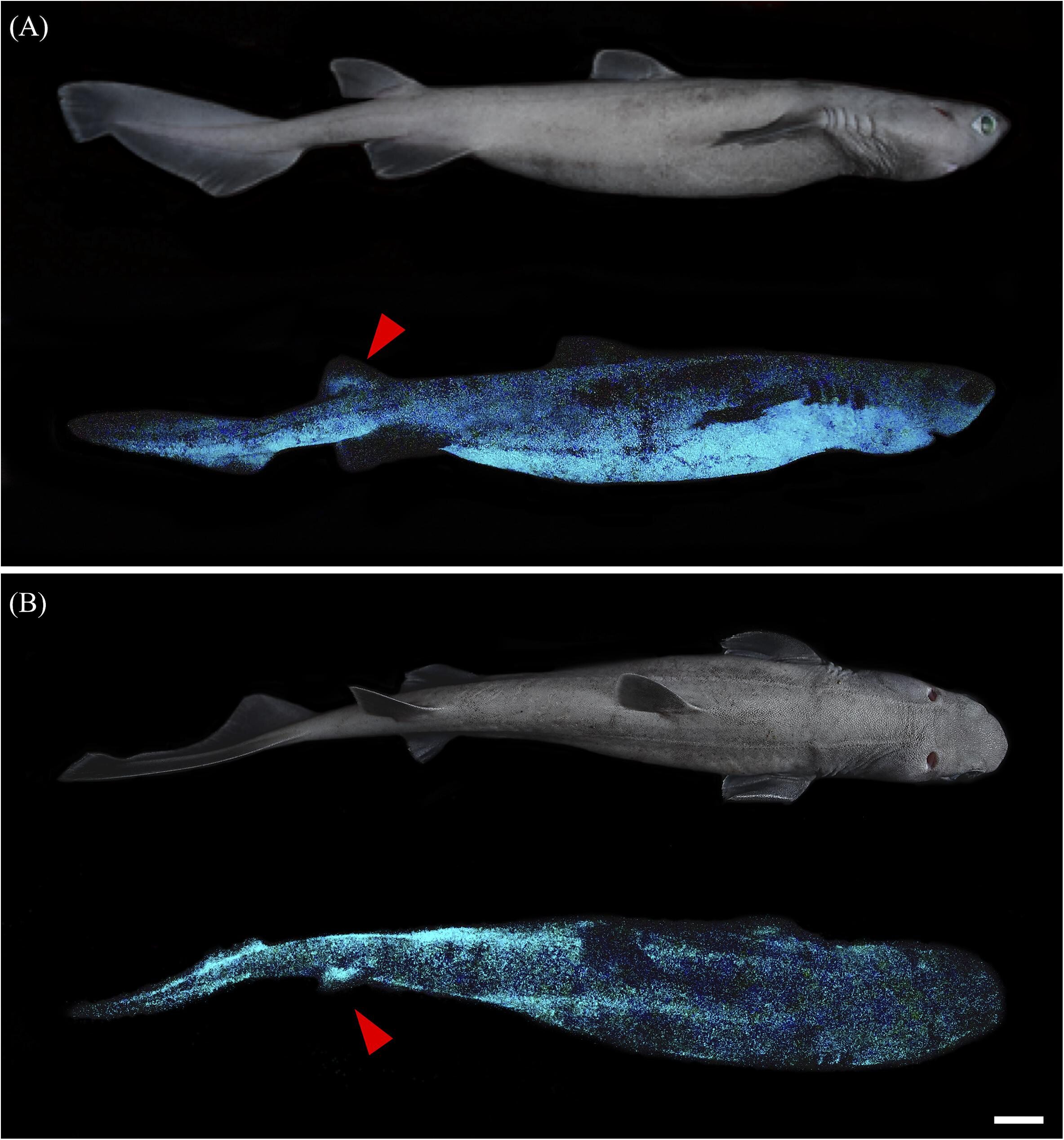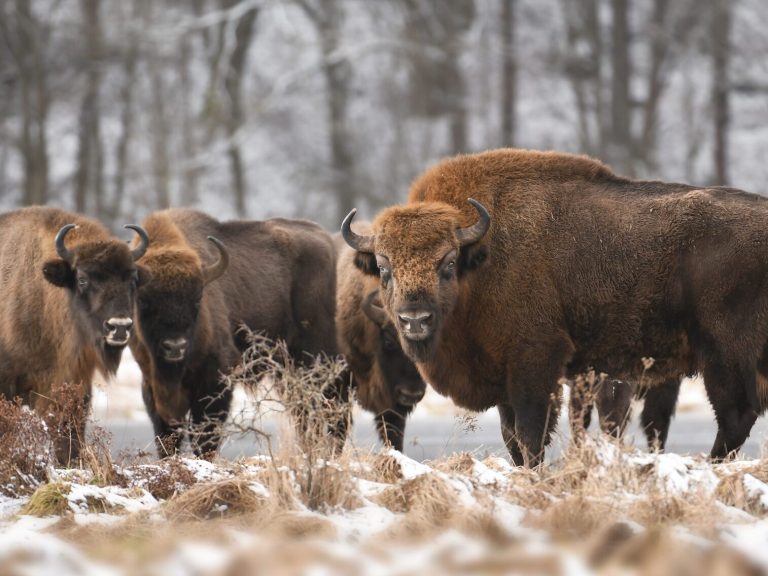A glowing shark and the largest glowing vertebrate in the world was photographed

For the first time in history, a glow-in-the-dark shark was photographed off the coast of New Zealand. Research published in Frontiers in Marine Science shows that it is also the largest bioluminescent vertebrate.
The newly studied species include the spotted lanternfly (Dalatias licha), the black-bellied lanternfly (Etmopterus lucifer) and the southern lanternfly (Etmopterus granulosus). It turns out that all three glow in the dark thanks to their bioluminescence ability. They live in the “twilight” zone of the ocean, at depths from 200 to even 1,000 meters. They also all come from Chatham Rise off the coast of New Zealand. The former reaches up to 1.8 meters in length, which makes it the largest luminous vertebrate in the world.
Why do sharks glow?
The discovery by scientists from Belgium and New Zealand raises many new questions, including: about the reason for nature’s gift to these animals. One theory says that there is a need to illuminate deep parts of the ocean in search of smaller creatures hiding there. Another one is about attracting partners or creating a light camouflage. Of course, this wouldn’t be anything new in this ecosystem. About 57 of the 540 shark species are thought to be able to produce light. However, for the first time, three of them were thoroughly examined and photographs were taken of one.
Glowing dorsal fin of a shark
Scientists from the Université Catholique de Louvain in Belgium and the National Institute for Water and Atmospheric Research in New Zealand emphasize that there is still a lot of work and fascinating issues ahead of them. They want to find out, among other things, why the dorsal fin of sharks glows. However, they are already concluding that light production at depths must play an important role in the ocean ecosystem.






